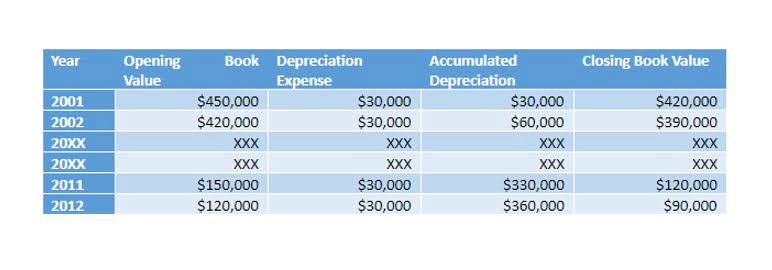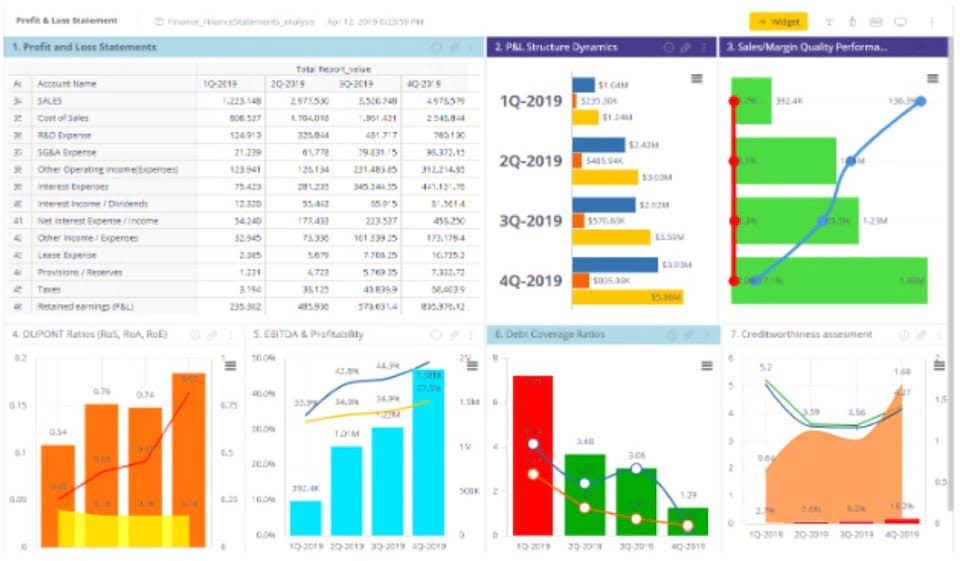How to Pay Yourself as a Sole Proprietor: Useful Tips

This allows self-employed individuals to deduct up to 20% of their net income from their business. This can lead to substantial savings, especially for those with higher earnings. Learn how to calculate self-employment tax with a clear, step-by-step guide to ensure accurate financial planning and compliance.
Schedule Your Complimentary Consultation Today
- The IRS requires contemporaneous mileage logs that include dates, destinations, purpose, and mileage for each business trip.
- All of the business income is being reported on Sch C inside of your joint return.
- The self-employment tax rate for 2024 and 2025 is 15.3 percent, which is the combined total of Social Security and Medicare taxes.
- This is a straightforward way to lower my taxable income without itemizing.
- We believe everyone should be able to make financial decisions with confidence.
- But be careful combining your W-2 and self-employed income could bump you into a higher tax bracket.
- B) I’m willing to do additional paperwork for tax benefits and liability protection.
Or would you still say I should do estimated tax under my social security number? Form 2210, also known as the Underpayment of Estimated Tax by Individuals, Estates, and Trusts, is used to calculate and pay estimated tax payments throughout the year. This form is required if you expect to owe more than $1,000 in taxes for the year, and you don’t have enough taxes withheld from What is bookkeeping your income. This part is super important because the more valid business expenses you track, the lower your net earnings and that means paying less self employment tax. You can also deduct advertising and marketing costs, travel expenses related to business, and mileage if you drive for work. If you work from home, you might even qualify for the home office deduction, which can be a big help.

Tax Tools

Billdu offers detailed reports that show your business’s income, expenses, and profits. These help you determine whether your business is doing well enough to increase your pay or whether you need to reinvest to keep growing. But without structured paychecks, you need to manage your finances strategically. You don’t receive a salary because there’s no formal payroll system. Instead, you take an owner’s draw — a direct transfer of funds from your business bank account to your personal bank account. You also may meet clients, patients or customers at your home office.
Differences from Regular Employment Tax
- This can lead to substantial savings, especially for those with higher earnings.
- But this compensation does not influence the information we publish, or the reviews that you see on this site.
- Keeping organized records is essential to claim these deductions and avoid tax issues.
- As a self-employed individual, you may have to file Estimated Taxes quarterly.
- This tax consists of Social Security and Medicare taxes, which would typically be withheld by an employer.
- Trip paths are mapped for visual verification, eliminating the need to estimate distances.
- By reducing taxable income, it can lead to significant tax savings.
These mistakes can lead to substantial financial losses when you file 1099 MISC online or other 1099 forms. At the IRS mileage rate 2025 at 70 cents per mile, even 20 missed miles per week adds up to $728 in lost deductions over a year. When it comes to claiming the IRS mileage rate deduction, documentation is everything. The IRS requires contemporaneous mileage logs that include dates, destinations, purpose, and mileage for each business trip.
How to calculate the home office deduction

This sophisticated feature analyzes your spending patterns and business activities to uncover legitimate tax deductions specific to your profession and situation. One-click reporting generates IRS-ready mileage logs with automatic calculations that apply the correct 70-cent rate to all 2025 business miles. The system integrates with other deductions to create a complete picture of your tax situation and simplifies Schedule C preparation with organized business expense data.
Paycheck & Benefits

When using this method to claim the deduction, you need to know the size of the area used for your home business and the gross income made from the business use of your home. You also need to keep track of other business expenses not related to the use of your home. The IRS provides a worksheet to calculate your deduction using the simplified method. The self-employed may pay more taxes than what an employer pays in FICA per employee. The reason is that self-employed individuals pay both the employer and employee portion of FICA tax. However, there are deductions that Interior Design Bookkeeping can help eligible self-employed people reduce their federal and state tax liabilities.
- Yes, you alone moving forward can report the estimates under your social or the EIN and actually with your new information, you have another option.
- Learn how to build, read, and use financial statements for your business so you can make more informed decisions.
- Self-employment taxes require quarterly payments calculated at a higher rate than employees who have their payments deducted from each of their paychecks.
- It’s the sum of a 12.4 percent tax for Social Security and a 2.9 percent tax for Medicare.
- Being self-employed gives you freedom and flexibility, but it also comes with responsibility.
- According to the IRS, net earnings are calculated by taking gross income from your business and deducting expenses that are ordinary and necessary for its operation.
k) Retirement Plans for Small Business Owners

You may need to pay self-employment tax if you’re a freelancer, an independent contractor or a small-business owner. Here’s what self-employment tax is, how it works and how you can save. If you use a tax year other than the calendar year, you must use the tax rate and maximum earnings limit in effect at the beginning of your tax year. Even if the tax rate or how to calculate self employment tax maximum earnings limit changes during your tax year, continue to use the same rate and limit throughout your tax year.